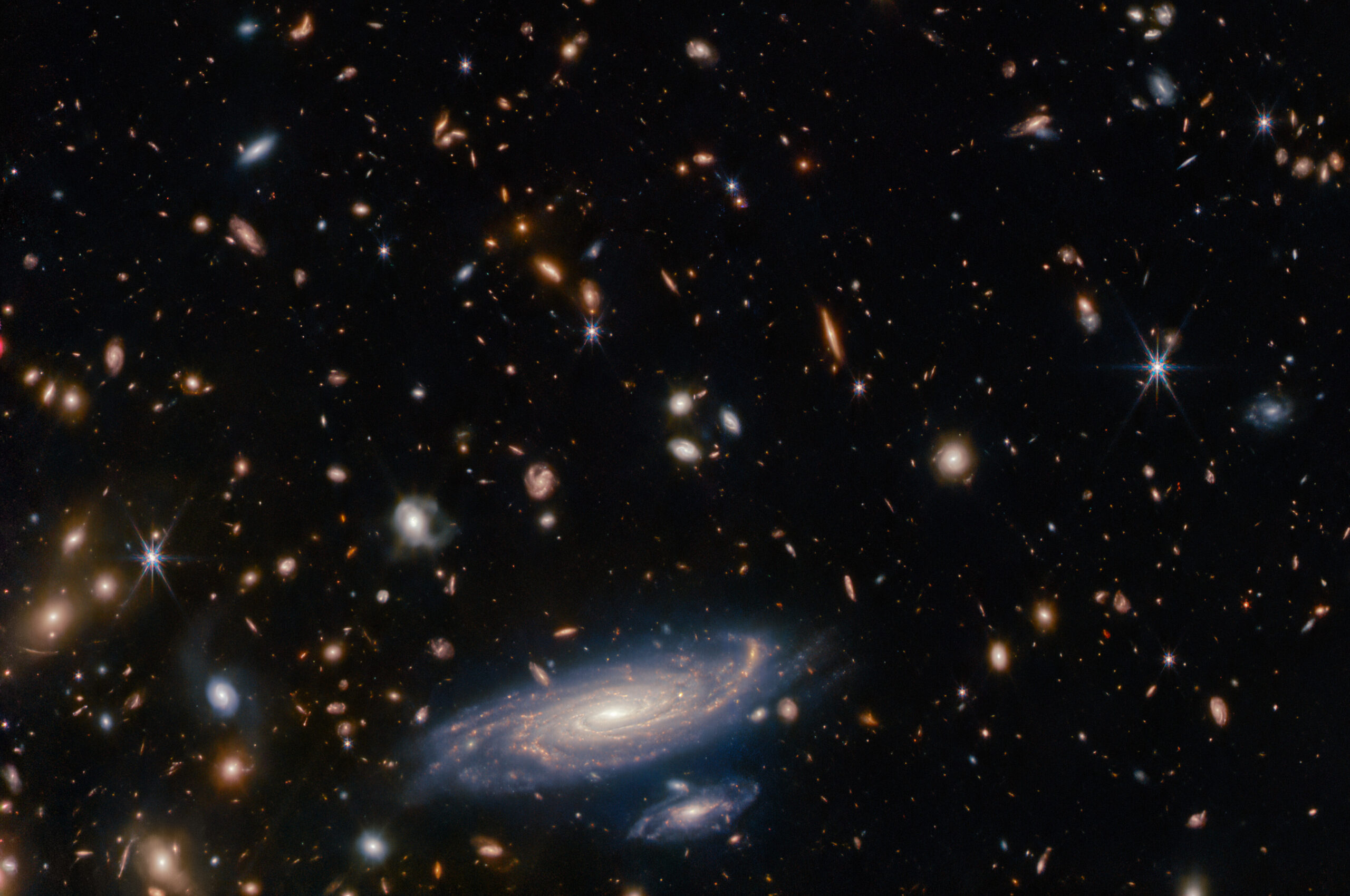The actual source of coronal heating may be one of the longest standing unsolved mysteries in all of astrophysics, but it is only in recent years that observations have begun making significant contributions. Coronal loops, their structure and sub-structure, their temperature and density details, and their evolution with time, may hold the key to solving this mystery. A loop had always been thought of as a simple magnetic flux tube, where each position along the loop is characterized by a single temperature and density. Recent results, however, including loops with unexpectedly high densities, ultra-long lifetimes, and multithermal cross-field temperatures, were not consistent with results expected from steady uniform heating models. A loop, however, may be a tangle of magnetic strands, like the structures revealed by the High-resolution Coronal Imager. Hi-C observed magnetic braids untwisting and reconnecting, dispersing enough energy to heat the surrounding plasma. The hot (T > 5 MK) plasma observed in most active regions also provides a key observation. The existence of multithermal, cooling loops and hot active region plasma do not yet prove that one particular mechanism heats the corona, but these results do provide observational constraints that all viable coronal heating models will need to explain.
Joan Schmelz is the director of the NASA Postdoctoral Program at Universities Space Research Association (USRA). She was the Associate Director for Science and Public Outreach at SOFIA, the Stratospheric Observatory for Infrared Astronomy (2018-19), and the deputy director of the Arecibo Observatory in Puerto Rico (2015-18). She was a program officer for the National Science Foundation’s Division of Astronomical Sciences (2013-15) and a professor at University of Memphis for over 20 years. Her research involves observations of solar coronal loops and developing constraints for coronal heating models. Schmelz has published papers on a variety of astronomical topics including magnetic fields, gas dynamics, and physical properties in stars, galaxies, interstellar matter, and the Sun using data from ground- and space-based telescopes at (almost) every band of the spectrum. She is the chair of USRA’s Diversity, Equity, and Inclusion Committee, a former Vice President of the American Astronomical Society, and a former chair of the Committee on the Status of Women in Astronomy. She won a teaching award from Rensselaer Polytechnic Institute, a service award from Gallaudet University, and a research award from the University of Memphis. She gives talks and writes articles on topics such as unconscious bias, stereotype threat, and the gender gap. She was honored in 2015 as one of Nature’s top ten people who made a difference in science for her work fighting sexual harassment.
This webinar was recorded on July 8, 2021
